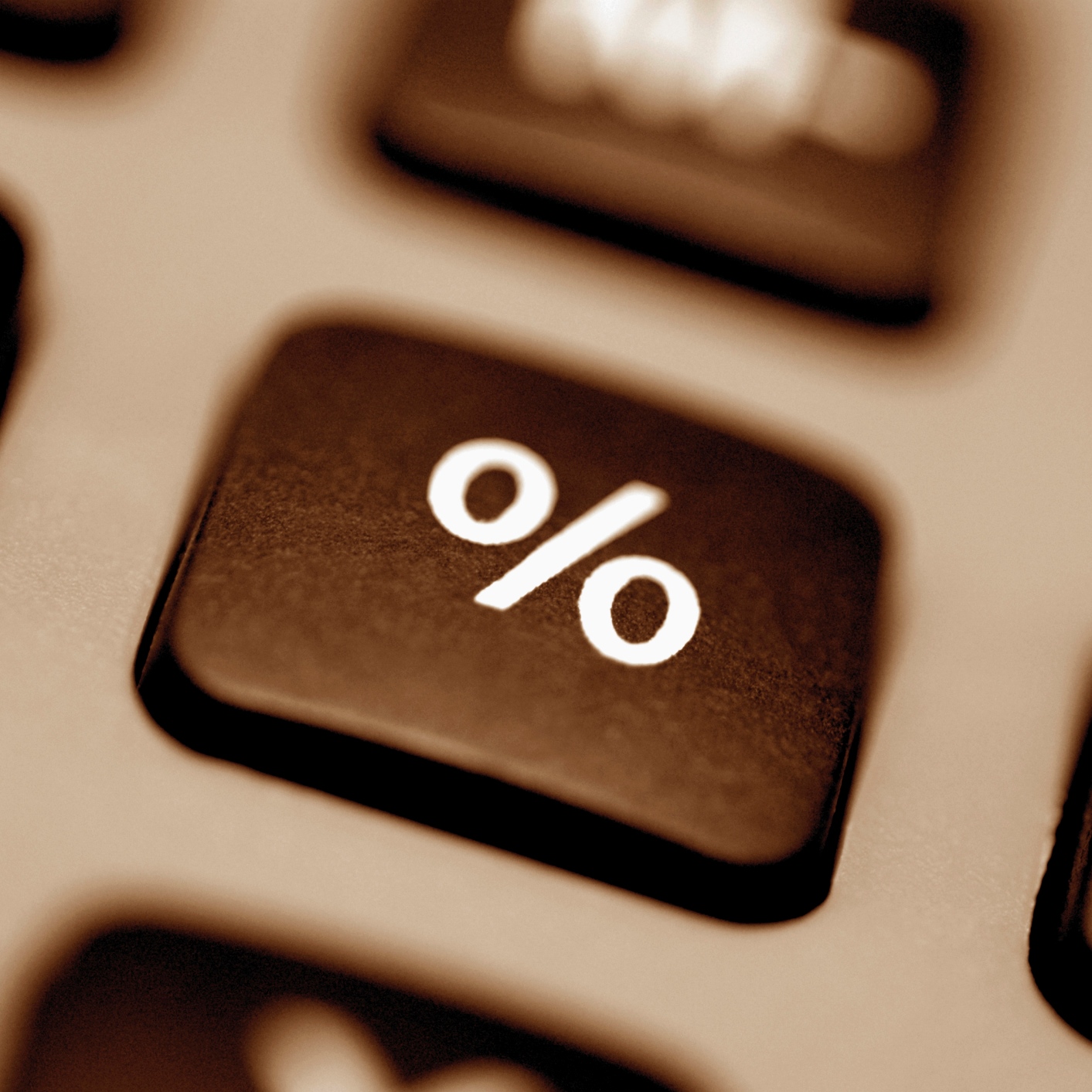
This week’s Federal Open Market Committee (FOMC) meeting is likely to produce no hike for the federal funds rate. Some economists feel that the rate hike risks have all but dried up for 2016. That might not mean “no hikes at all,” but it does imply that rates will rise far slower than what had been expected at the end of 2015 and in the first couple of weeks of 2016.
24/7 Wall St. has pulled several views regarding the FOMC meeting outcome, which will be announced around 2:00 p.m. Eastern Time on Wednesday. As a reminder, there is no press conference with this meeting.
PNC Chief Economist Stuart Hoffman gave a view on the FOMC meeting taking place on Tuesday and Wednesday. His view is that a Fed rate hike this week is highly unlikely and that the current low inflation likely will accelerate in the rest of 2016, as follows:
The Federal Open Market Committee (FOMC) is highly unlikely to raise the federal funds rate target at its April meeting (April 26-27). Fed officials have indicated that they are going to raise rates gradually, and many have said that they do not favor an increase next week.
A rate increase is more likely at the FOMC’s June meeting; that is PNC’s baseline forecast. That meeting will include a release of the members’ latest economic projections, as well as a post-meeting press conference from Fed Chair Janet Yellen.
The most likely reason the FOMC would hold off on raising the fed funds rate in June is low inflation. The FOMC has set an inflation target of 2 percent using the personal consumption expenditures price index. Inflation, both overall and core (excluding volatile food and energy prices) is running well below this target. There are also signs that inflation is slowing, not picking up. If inflation is slowing in June, to further below the target, it would be difficult to justify a rate increase.
That said, inflation should accelerate over the rest of 2016 and throughout 2017. Oil prices appear to have stopped falling; the dollar has weakened somewhat, which will boost import prices; and rising wages should lead businesses to raise prices. PNC is now forecasting one increase of a quarter of a percentage point in June, and another in December.
Chief Economist Lindsey Piegza at Stifel Fixed Income looked at the drop in durable goods and the start of the Fed meeting. Her bottom line:
This morning’s disappointing durables report suggests a longstanding theme of the U.S. recovery remains firmly in place: despite record low interest rates, businesses are sidelined. With ample cash to put to work, corporations remain hesitant to invest in equipment, structures, and high-wage, full-time employees. Amid lingering uncertainty surrounding the sustainability of the U.S. “expansion,” rising health care costs, and ample regulation, U.S. businesses are opting to maintain the restrictive capital investment strategies that have been in play for the past several years. Going forward, without further innovation and development in corporate America, the U.S. economy has little hope of maintaining the current, stagnant 2% pace, let alone expanding beyond this disappointing growth rate.
CNBC released a survey showing that rate hikes will not come out until later in 2016 rather than sooner. Steve Liesman and Elizabeth Schulze said:
The latest CNBC Fed Survey shows Wall Street anticipating a more dovish Fed in April than it did back in March, with the next rate hike not expected until much later this year.
Fully 100 percent of the 48 respondents to the survey, including economists, strategists and fund managers, are sure the Fed won’t hike at its meeting this week. But 94 percent say the next move will be to hike rates. The next hike, on average, isn’t expected until August, two months later than anticipated in the previous survey. And respondents don’t see rates taking off after that. They lowered their funds rate forecast for 2016 to just 0.78 percent, compared with the current target of 0.38 percent. The rate is seen remaining low in 2017 at just 1.4 percent, 17 basis points less than forecast in the March survey.
Expectations for when the Fed will allow its balance sheet to decline and reach its terminal fed funds rate were also pushed back. The Fed is not seen reducing the balance sheet until next March, one month later than forecast last month. And the central bank won’t finish hiking until the third quarter of 2018, also a quarter later.
Reuters issued a brief note for its outlook:
U.S. Federal Reserve policymakers are expected to hold interest rates steady when they meet in a two-day meeting, but may tweak their description of the economic outlook to reflect more benign conditions, leaving the path open for future rate rises. Though the U.S. economy is generating jobs and consumer prices have risen, providing support for a Fed interest rate rise, weakness in retail sales and international trade, as well as concern about China’s economy, are among reasons Fed Chair Janet Yellen will stay cautious about further rate hikes before the second half of the year.
Bloomberg ran a view from Mohamed El-Erian on the FOMC. He issued three points, with the first pretty much putting it all out:
Fed officials are likely to set the stage for a possible interest rate hike at their next meeting, in June. They mainly will be motivated by three factors: a further strengthening in labor market conditions that also improves the outlook for wage growth; the recent significant easing in financial conditions, including easier access to borrowing for corporate and mortgage financing; and, more generally, the central bank’s eagerness to continue the process of careful monetary-policy normalization after so many years of experimentation.
100 Million Americans Are Missing This Crucial Retirement Tool
The thought of burdening your family with a financial disaster is most Americans’ nightmare. However, recent studies show that over 100 million Americans still don’t have proper life insurance in the event they pass away.
Life insurance can bring peace of mind – ensuring your loved ones are safeguarded against unforeseen expenses and debts. With premiums often lower than expected and a variety of plans tailored to different life stages and health conditions, securing a policy is more accessible than ever.
A quick, no-obligation quote can provide valuable insight into what’s available and what might best suit your family’s needs. Life insurance is a simple step you can take today to help secure peace of mind for your loved ones tomorrow.
Click here to learn how to get a quote in just a few minutes.
Thank you for reading! Have some feedback for us?
Contact the 24/7 Wall St. editorial team.


